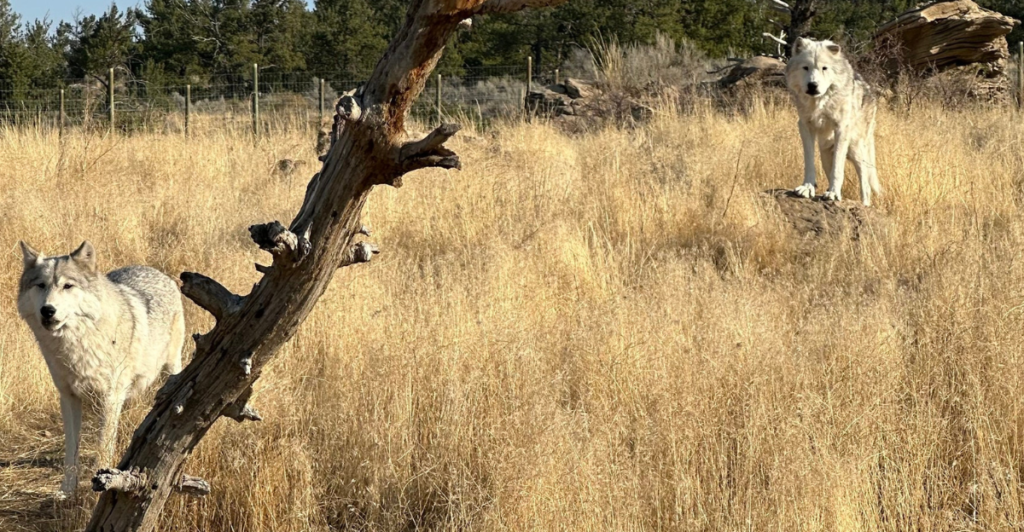
Wolves serve as apex predators, crucial for maintaining balance in ecosystems. Preying on herbivores like deer and elk prevents overgrazing, which protects vegetation and promotes biodiversity. Wolves also influence prey movement, reshaping landscapes in a process called trophic cascades. Without their presence, ecosystems can become imbalanced, damaging habitats and species for a long time. Their role highlights the intricate connections within natural systems and the importance of predators in maintaining ecological health.
Wolves in America’s History
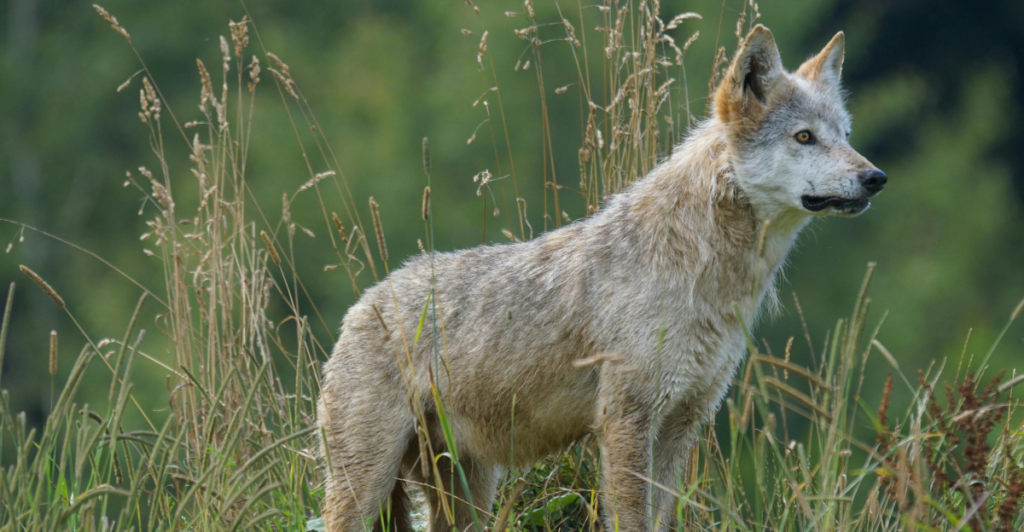
Wolves once roamed freely across North America, thriving in various habitats. However, habitat loss, hunting, and government eradication programs nearly drove them to extinction in the 19th and 20th centuries. Conservation efforts, including protections under the Endangered Species Act of 1973, allowed wolf populations to recover in certain areas. Today, they inhabit regions like the northern Rockies, Great Lakes, and Pacific Northwest, embodying a legacy of resilience and their critical role in biodiversity.
Wolves and Livestock: A Balancing Act
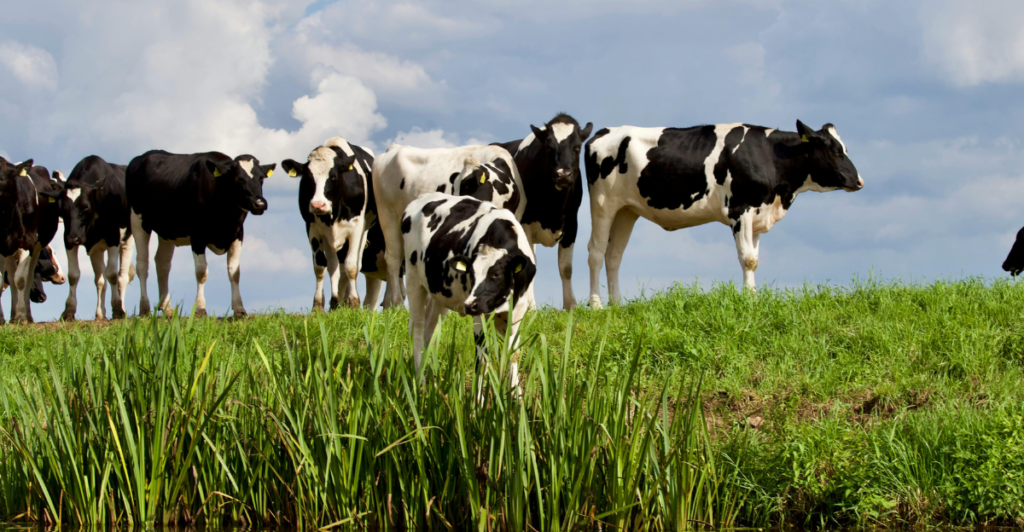
Wolves occasionally prey on livestock, causing tension with farmers. However, studies show that wolf-related losses represent a small percentage of livestock deaths compared to causes like disease and weather. Programs offer compensation for losses, and non-lethal measures are promoted to ease conflicts. Striking a balance between wolf conservation and protecting agricultural livelihoods remains a challenge, highlighting the need for solutions that respect ecological and economic interests.
The Yellowstone Success Story
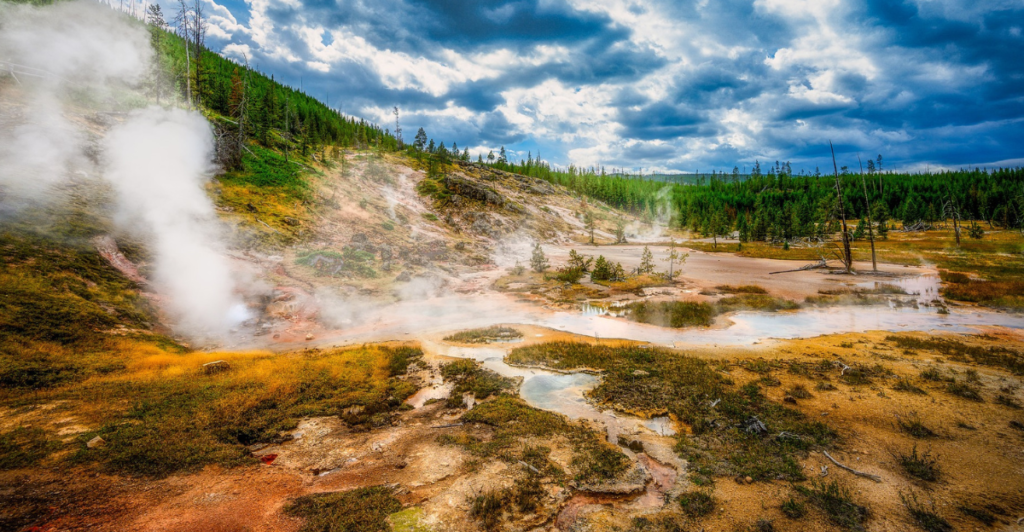
The reintroduction of wolves to Yellowstone National Park in 1995 is a landmark conservation success. Wolves reduced elk overpopulation, allowing vegetation like willows and aspens to recover. This rejuvenated habitats for beavers, birds, and fish, demonstrating the cascading effects predators have on ecosystems. The Yellowstone example underscores how apex predators are vital for biodiversity and how their presence can restore balance to damaged environments, benefiting a wide range of species.
Dispelling Myths About Wolves
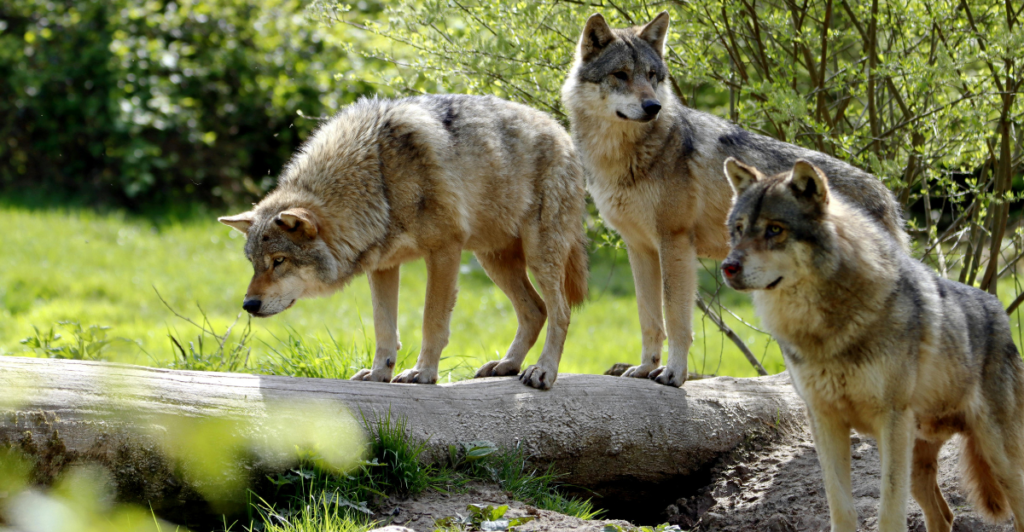
Wolves are often mischaracterized as aggressive or dangerous to humans. In reality, they are shy and avoid people whenever possible. Wolves rarely attack humans, and their hunting focuses on weak or sick prey, improving overall herd health. These behaviors help ecosystems thrive. Correcting these misconceptions fosters a better understanding of wolves, encouraging coexistence and shifting their image from villains in folklore to essential participants in nature’s complex web of life.
The Importance of Wolf Packs
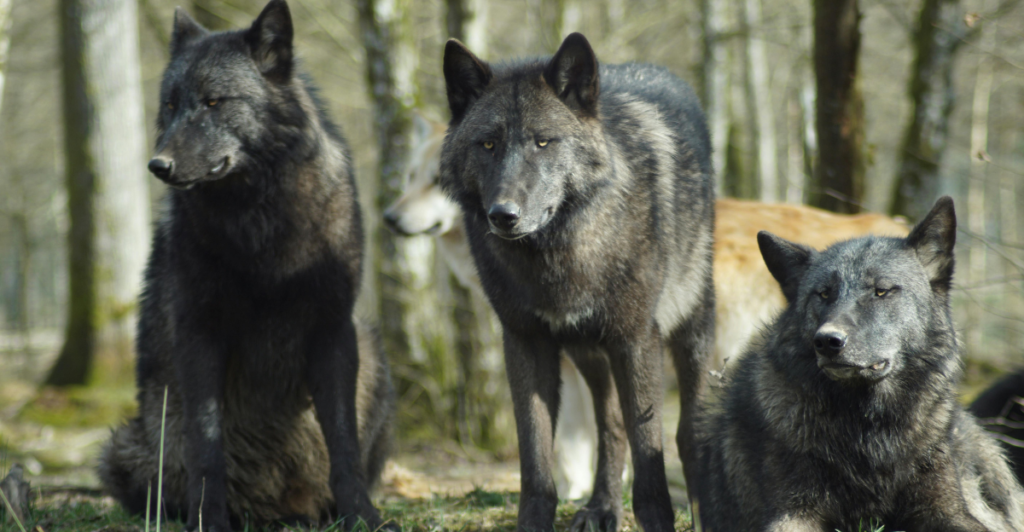
Wolves are social animals that live in structured packs, typically led by an alpha pair. Packs collaborate to hunt, defend territories, and raise pups, ensuring survival and stability. This teamwork allows wolves to take down larger prey and sustain their populations. The pack dynamic showcases their intelligence and adaptability, reflecting intricate social behaviors. Observing wolf packs helps scientists learn about cooperation and survival strategies in the wild, emphasizing their unique role in ecosystems.
Modern Threats to Wolves
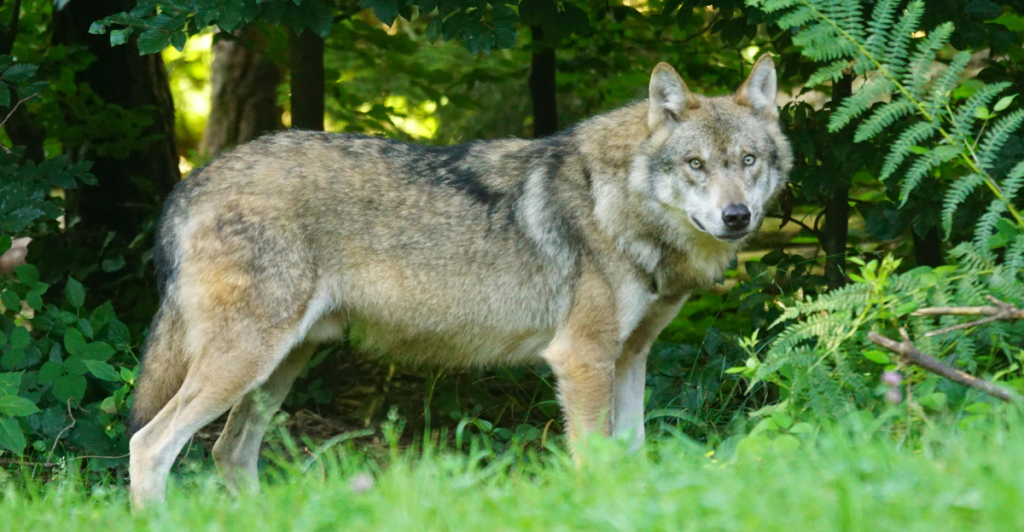
Despite progress, wolves face habitat fragmentation, illegal hunting, and human-wildlife conflict. Urban expansion reduces their range, forcing them into closer contact with humans. Climate change also threatens prey populations, altering wolves’ food sources. Conservationists continue efforts to mitigate these issues through education, habitat restoration, and coexistence strategies. Addressing these challenges is essential to ensuring wolves remain a thriving part of American ecosystems and contribute to ecological balance.
Non-Lethal Solutions for Farmers
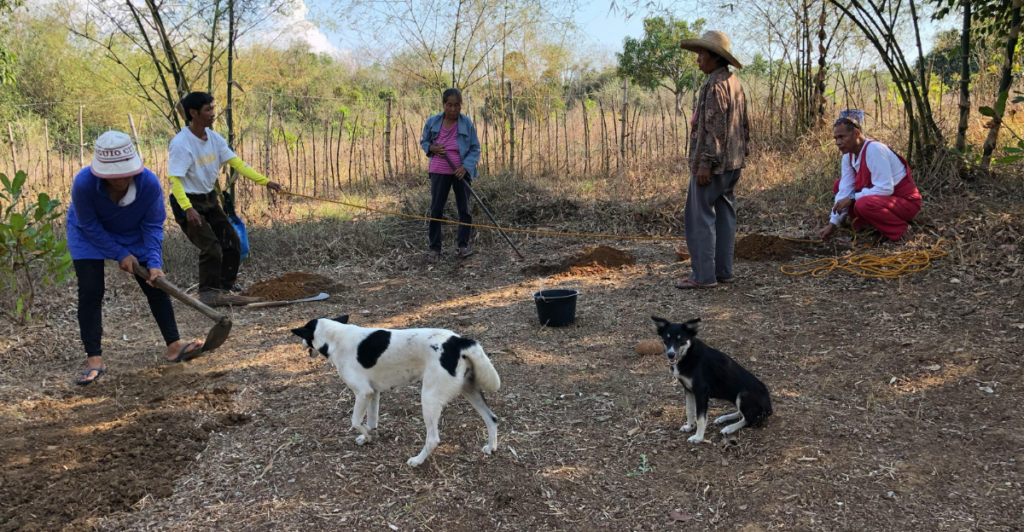
Farmers use innovative, non-lethal methods to protect livestock from wolves. Guard dogs, electric fencing, and fladry, colorful, flagged barriers effectively deter wolves. Some farmers employ range riders to monitor herds, reducing attacks. Collaboration between ranchers, conservationists, and government programs helps minimize conflicts. These approaches balance the need to protect livelihoods while preserving wolf populations, fostering coexistence, and reducing hostility. Sharing success stories encourages broader adoption of these humane, practical solutions across wolf-inhabited regions.
Wolves as Biodiversity Champions
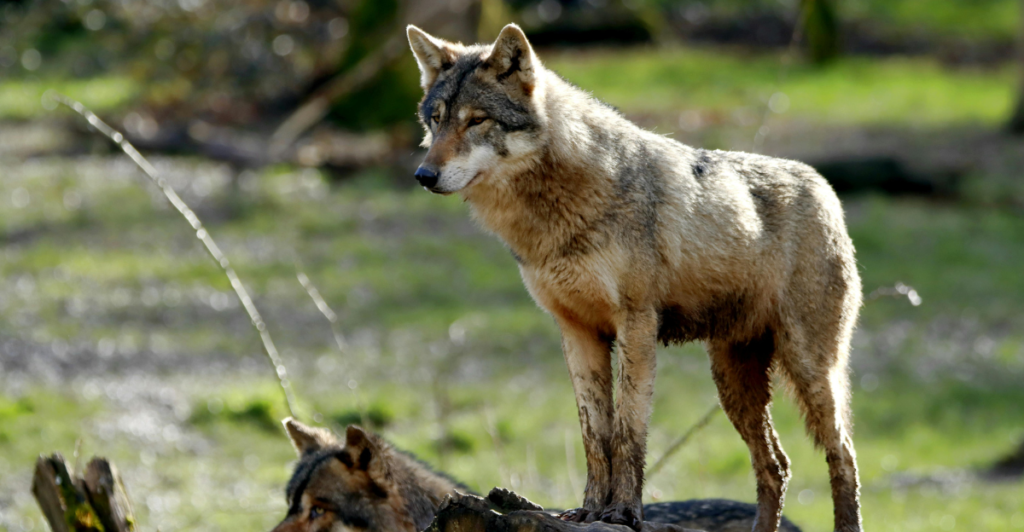
Wolves indirectly support biodiversity by managing prey populations. By preventing overgrazing, they allow vegetation to thrive, which creates habitats for various species, from insects to birds and mammals. This domino effect, known as a trophic cascade, shows the interconnectedness of ecosystems. Studies demonstrate that areas with healthy wolf populations often exhibit more ecological stability and diversity. Wolves’ contributions to biodiversity underscore their vital role in maintaining the health of natural systems.
Wolves and Local Economies
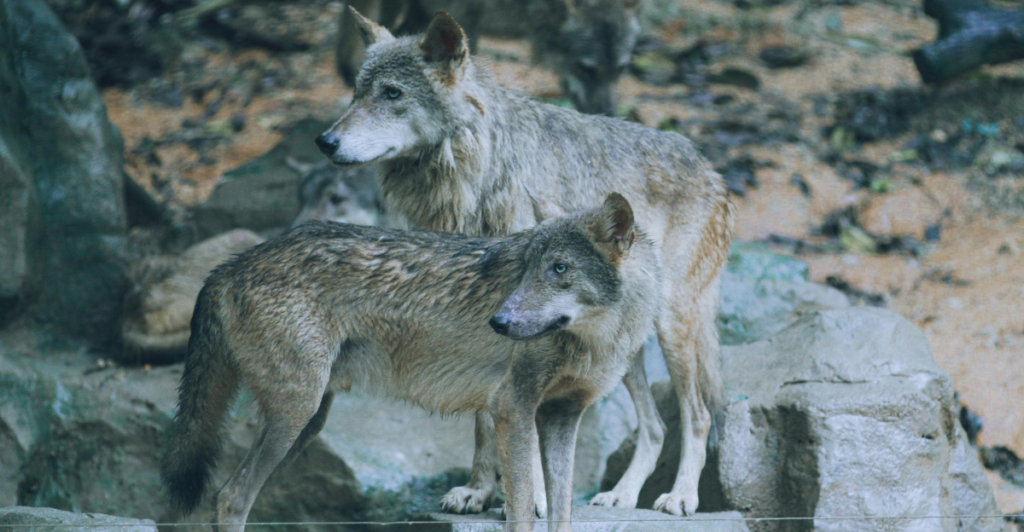
Wolves impact local economies in complex ways. In regions like Yellowstone, wolf populations drive ecotourism, attracting visitors who boost local businesses. Conversely, livestock losses due to wolves can strain ranchers financially. Balancing these economic dynamics involves compensation programs for farmers and promoting wolf-related tourism. By addressing the challenges and opportunities wolves bring, communities can benefit from their presence while mitigating adverse effects, fostering sustainable coexistence and economic growth.
Legal Protections for Wolves
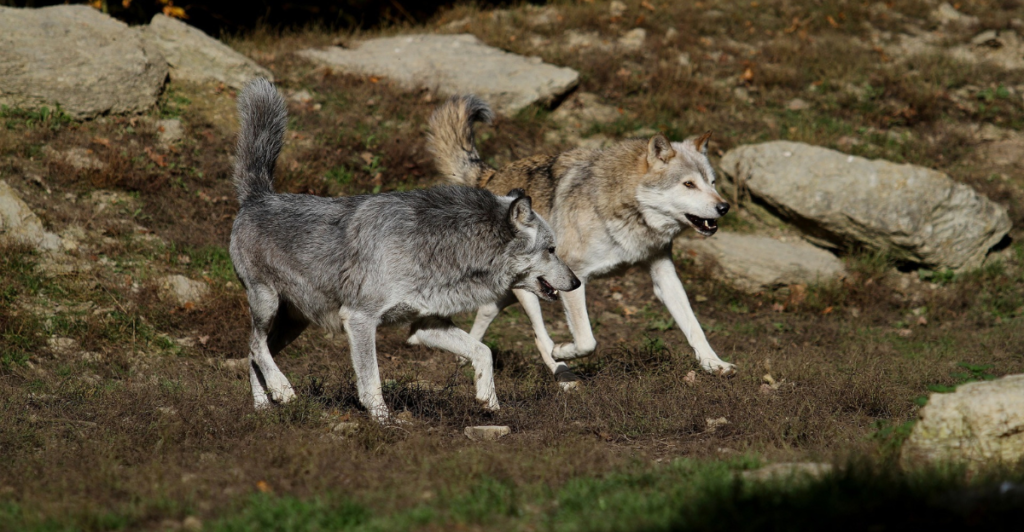
Wolf management in the U.S. varies by state, reflecting differing priorities. Some wolves remain protected under the Endangered Species Act, while others are managed through regulated hunting and population controls. These measures aim to balance conservation with reducing human-wolf conflicts. Legal protections are often contentious, sparking debates about how best to manage these iconic predators. Continued monitoring and adaptive policies are crucial to safeguarding wolves while addressing the needs of affected communities.
Wolves in Indigenous Cultures
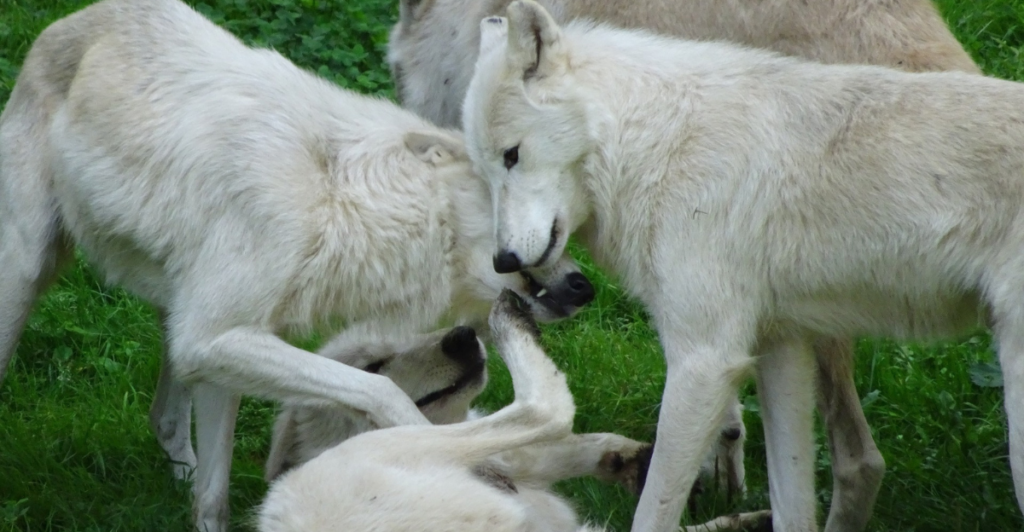
Wolves hold deep significance in many Indigenous cultures, symbolizing strength, family, and harmony with nature. They feature prominently in stories and traditions, reflecting respect for their role in the natural world. For some tribes, wolves are spiritual guides or teachers, offering lessons on cooperation and resilience. Preserving wolves is not only an ecological issue but also a cultural one, honoring their place in the heritage and history of Native American communities.
The Future of Wolves in America
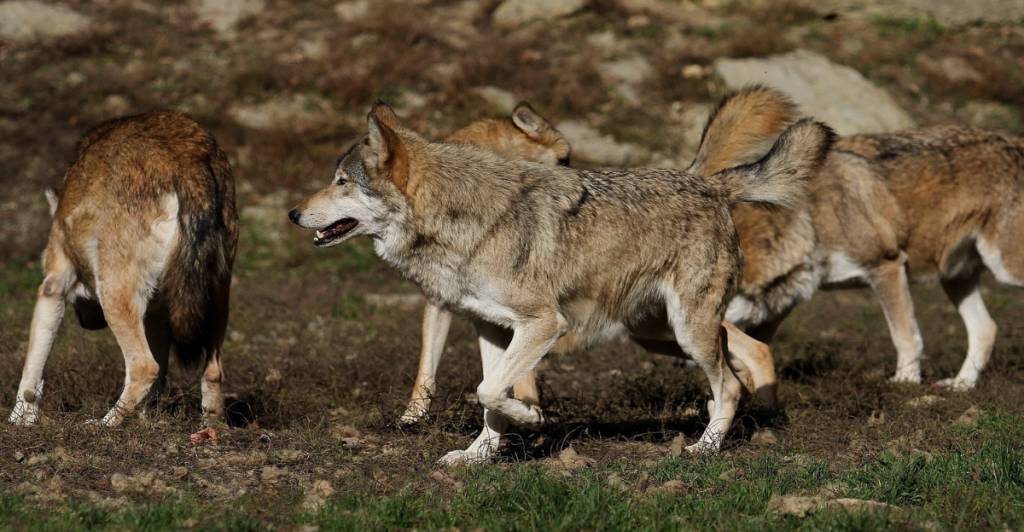
The future of wolves depends on coexistence and balanced management. Educating the public, fostering farmer partnerships, and implementing fair policies can help maintain wolf populations while reducing conflicts. Innovations in conservation science offer hope for addressing ongoing challenges. By valuing their ecological and cultural roles, Americans can work toward a sustainable future where wolves thrive alongside humans, ensuring these apex predators remain integral to the country’s natural heritage.
Stay connected with us for more stories like this! Follow us to get the latest updates or hit the Follow button at the top of this article, and let us know what you think by leaving your feedback below. We’d love to hear from you!







